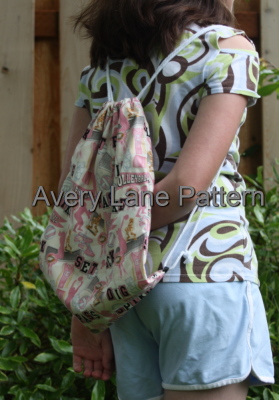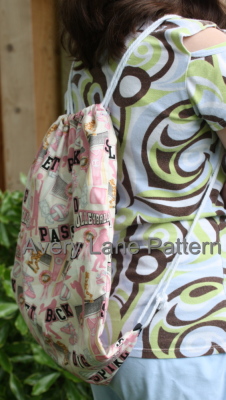I am teaching several sewing classes throughout the summer and have been designing some projects for them. I always feel like this local shop has new and unique examples hanging around and I wanted to be consistent with their style. It can be challenging to come up with cool designs to teach beginning sewists.
I kept coming back to this idea of a book shelf quilt that I had seen years ago, over at Don’t Call Me Betsy Blog. I really love the look of her quilt and thought the use of those selvages was way cool 🙂 I’m so glad that I bookmarked her blog post. She has a great blog, btw, and a new book coming out this fall (wtg!) I remember seeing a book shelf bag on a sewing forum last year (?or the year before that?), but I failed to book mark it and can no longer find it. Isn’t that the way it is? Most often, when I finally want to make it, I can’t find that internet-based-inspiration I need to make things easier. And yeah, I checked–not on my pinterest lists either.
The more I thought about this bag, the more possibilities I could see for it and the less likely that I could let it go. I thought it would make a perfect project for the beginning class for grown-ups that I’m teaching, so I adapted this idea into a bag. But I needed to make it easy for beginners and reduce the amount of steps for time’s sake.
So I got really excited with the idea of using this style for toting library books back a forth this summer–we always go more often: more time and because my kids participate in the summer reading program. I thought of all those books fitting into my awesome bag and I got a bit carried away…just a bit. I neglected to consider its weight…I made this ginormous (is that a real word now?) bag and thought “omg, duh.”
Meet our new book shelf pool bag–bc this is way too embarrassing to gift to someone.
After several complicated versions, this is what I’ve come up with for the class, which I’ve also made available in my pattern shop.
And then a sample project to hang in the shop.

My daughter wants one for herself, which I feel is such a genuine compliment. I might make her bag with the selvages like Elizabeth over at Don’t Call Me Betsy did. I also plan to make some as teacher gifts this year. I always try to come up with crafty ideas that also have some practical use. Our town has banned plastic grocery bags (yay!), so we can all use more reusable bags. And most of my kids’ teachers have young kids, who no doubt will need their own bags for their load of library books.
What are you giving the teachers this year? I’d love to have more ideas for future crafting and gifting 🙂
~Erin



























